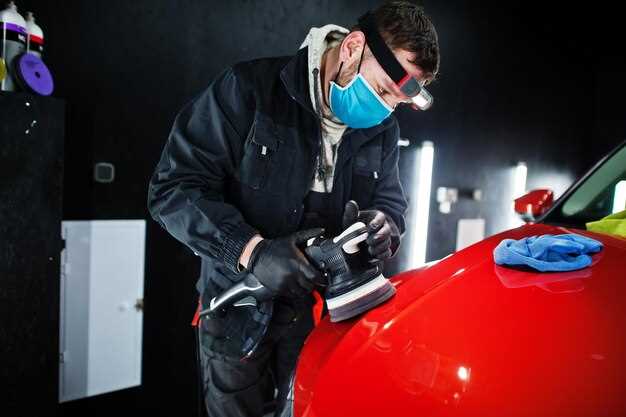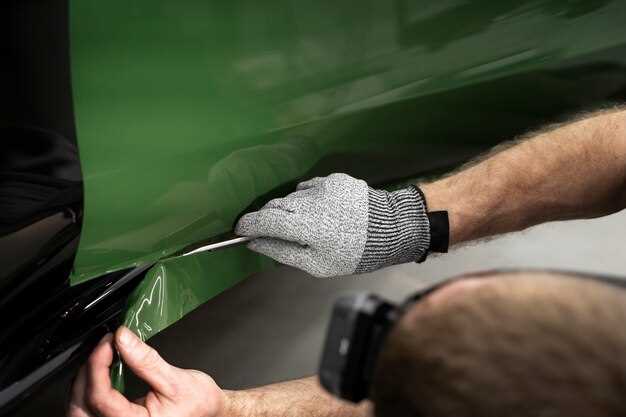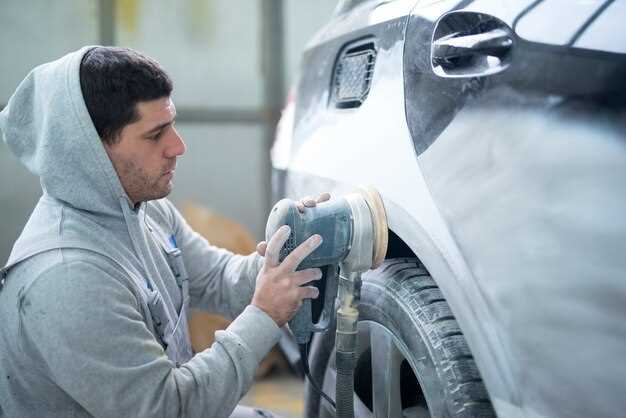
Maintaining the exterior of your vehicle is essential for both aesthetics and resale value. Scratches on your car’s paint can detract from its appearance and lead to more significant issues if left unaddressed. Understanding how to protect your car from these unwanted marks is crucial for all vehicle owners.
Many factors contribute to paint scratches, including environmental conditions, improper washing techniques, and everyday wear and tear. By implementing effective preventive measures, you can significantly reduce the risk of scratches and keep your car looking new for years to come. This article will outline practical strategies and tips that will help you safeguard your vehicle’s exterior.
From choosing the right cleaning tools to applying protective coatings, each method plays a vital role in preserving your car’s paint integrity. Whether you are a seasoned car enthusiast or a casual driver, adopting these practices will ensure that your vehicle remains in pristine condition, reflecting your care and attention to detail.
Choosing the Right Car Cover for Protection
Selecting the appropriate car cover is essential for safeguarding your vehicle’s paint from scratches and environmental damage. A quality cover will not only keep your car protected from dust and debris but also shield it from UV rays, rain, and other elements.
Material plays a crucial role in the effectiveness of a car cover. Look for covers made from high-quality, breathable fabrics that allow moisture to escape while keeping dirt and pollutants out. Synthetic materials such as polyester or nylon are often favored for their durability and resistance to tearing. Make sure the cover is lined with a soft inner layer to prevent abrasions on the paint surface.
When choosing a cover, consider fit. A custom-fit cover is preferable as it conforms closely to the contour of your vehicle, providing better protection against wind and preventing the cover from flapping. If a custom option is not available, ensure the cover is designed for your car’s make and model to minimize areas of excess fabric that can cause scratching.
Another important factor is weather resistance. If you live in an area with extreme weather conditions, choose a cover that is specifically designed for such environments. Waterproof or water-resistant covers will help keep your car dry in rainy conditions, while UV-resistant features protect against sun damage.
Also, evaluate the weight of the cover. A lightweight cover is easier to handle and store, but it should still provide adequate protection. Consider how often you will need to put on and remove the cover, as heavier options can be cumbersome.
Lastly, look for additional features such as elastic hems or straps for a secure fit, as well as reflective elements that enhance visibility at night. Some covers come with storage bags for convenience, making it easier to keep the cover clean and organized when not in use.
In summary, when selecting a car cover, prioritize material quality, fit, weather resistance, weight, and any beneficial features to ensure comprehensive protection against scratches and other paint-damaging incidents.
Maintaining a Proper Washing Technique to Avoid Swirls

To maintain your car’s paint finish and prevent unsightly swirls, it is essential to employ the proper washing technique. Start by gathering high-quality car wash products, such as a pH-balanced car shampoo, microfiber wash mitts, and soft drying towels. This ensures that you minimize the risk of scratching during the wash process.
Begin by rinsing your vehicle thoroughly with water to remove loose dirt and debris. Use a pressure washer or a hose with a spray nozzle to avoid concentrated streams that can damage the paint. After rinsing, fill a bucket with warm water and your chosen car shampoo, following the manufacturer’s instructions for dilution.
When washing, always work from the top down, as the lower sections of the car are usually dirtier. Use a two-bucket method: one bucket with soapy water and the other with clean water for rinsing your wash mitt. This technique prevents dirt from being transferred back onto the paint, reducing the likelihood of scratches.
Use gentle, straight-line motions while washing, rather than circular ones. This method helps in preventing swirl marks from forming in the paint. Frequently rinse your wash mitt in the clean water bucket to ensure that you are not introducing dirt back onto the car’s surface.
After washing, always dry your vehicle with a soft, absorbent microfiber towel. Avoid air drying as it can lead to water spots and potential scratches from the remaining debris. For a finishing touch, consider using a dedicated car wax or sealant to enhance protection and add shine, which further minimizes the appearance of swirls and imperfections.
Applying Protective Films and Waxes for Long-Lasting Shine

Protective films and waxes are essential tools for maintaining the aesthetic appeal and integrity of your car’s paint. These products create a barrier against environmental factors, ultraviolet rays, and physical damage, ensuring your vehicle retains its shine for an extended period.
Protective Films: Clear protective films, often made from polyurethane or polyvinyl chloride, provide a nearly invisible shield on your car’s surface. When applied correctly, they can absorb minor impacts, resist scratches, and prevent fading caused by UV exposure. This makes them an ideal choice for high-use areas like the hood, bumpers, and door edges. Installation requires precision; it’s advisable to entrust this task to professionals to ensure a seamless application without bubbles or misalignment.
Car Wax: Waxing your car regularly adds an additional protective layer and enhances the paint’s gloss. Waxes, whether natural or synthetic, fill small imperfections in the paintwork and create a hydrophobic surface that repels water and dirt. This not only eases the cleaning process but also reduces the chances of scratches and chips forming. For optimal results, choosing a wax specifically designed for your vehicle’s paint type and climate conditions is crucial.
Application Tips: To maximize the benefits of both protective films and waxes, thorough cleaning of the car’s surface is essential before application. Ensure that the paint is free from dirt, grease, and old wax residues. For best results, it’s recommended to apply wax every three to six months, while protective films can last several years depending on the quality and environmental exposure. Regular maintenance, including gentle washing and avoiding automatic car washes that can be abrasive, will extend the life of both protective measures.
In summary, applying protective films and waxes significantly enhances your car’s defense against scratches and keeps it looking new for longer. With consistent care, these products ensure your vehicle’s paint maintains its lustrous finish while minimizing the risk of damage.





